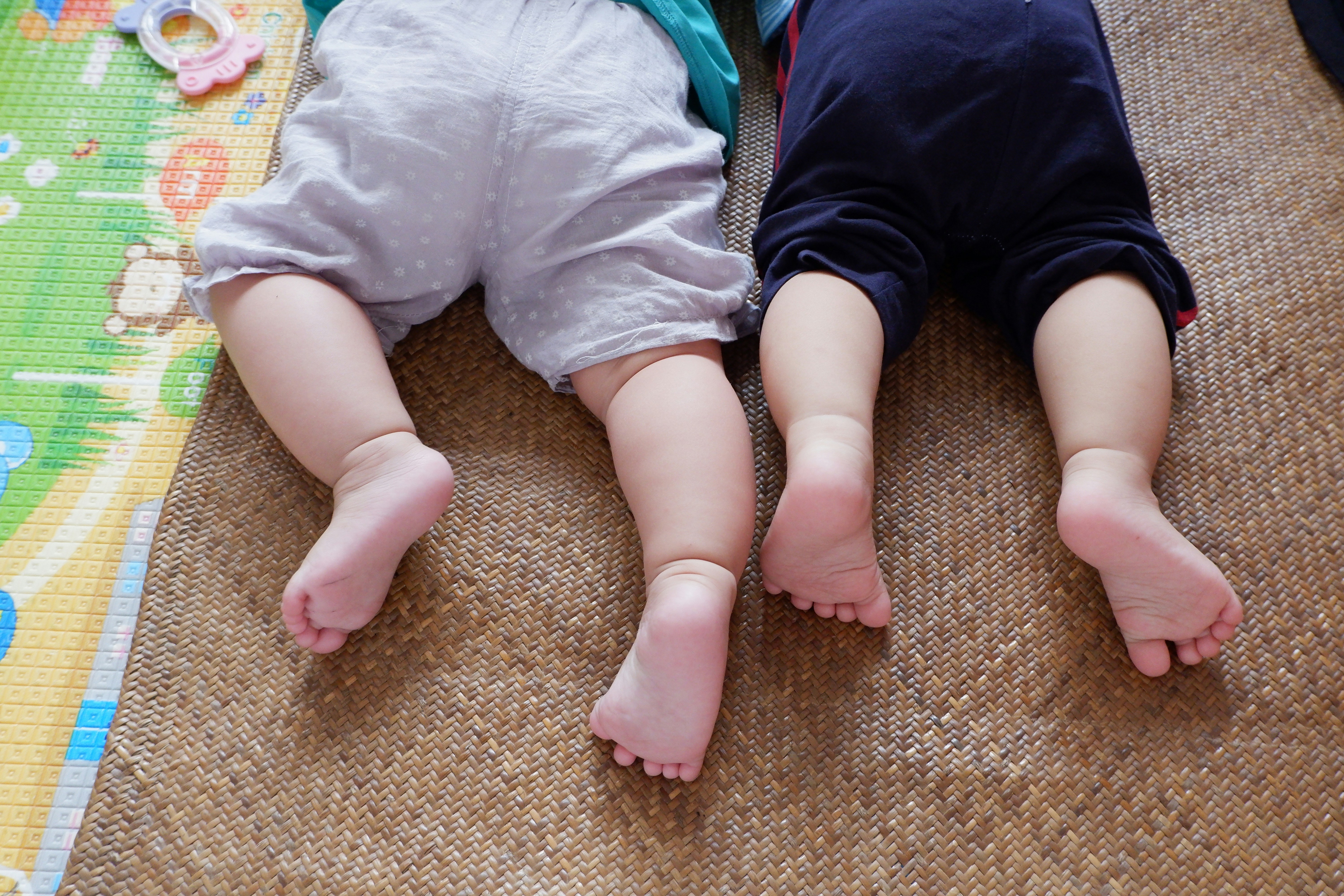Factors Influencing the Incidence of Pneumonia in Toddlers in the East Java Region using Multiple Linear Regression Analysis

Downloads
Background: Pneumonia is one of the leading causes of death in children worldwide. Pneumonia in East Java. is in second place with a total of 93,238 cases, as of 2014. The achievement of finding pneumonia cases requires attention from various parties, both the government and the health department. Some of the risk factors that cause it are maternal characteristics, factors in children under five and environmental factors.
Objective: This article aims to analyze the factors that influence the incidence of pneumonia in children under five in East Java using multiple linear regression analysis.
Methods: The population in this study were families with under-fives with pneumonia spread over 38 cities / districts in the East Java region which were successfully recorded by the Central Statistics Agency per year 2018. The type of data used was secondary data which was analyzed using multiple linear regression methods.
Result: Mojokerto City is the city that has the highest percentage of children under five exposed to pneumonia in East Java. The results of the study found that there was no effect of education level, home condition and economic level on under-five pneumonia in East Java.
Conclusion: Factors that affect the level of pneumonia in East Java are the level of family education and healthy home conditions which have a significant effect on pneumonia under five in East Java, either simultaneously or partially.
Ariyani, R. (2018). Analisis Faktor yang Berpengaruh Terhadap Pneumonia Balita di Jawa Timur. Jurnal Keperawatan Muhammadiyah, 3 vol 2.
Azwar, A. (2002). Pengantar Epidemiologi. Jakarta Barat: Binarupa Aksara.
BKKBN. (2013). Hasil Pendataan Keluarga Tahun 2012. Jakarta: BKKBN.
Desi, S. (2019). Permodelan Regresi Spasial Pendekatan Area pada Faktor yang Mempengaruhi Kasus Baru Kusta di Provinsi Jawa Timur . Doctoral Disertation Universitas Airlangga.
Dinas Kesehatan Provinsi Jawa Timur. (2017). Profil Kesehatan Provinsi Jawa Timur. Jawa Timur: Dinas Kesehatan Provinsi Jawa Timur.
Efendi, M. (2008). Ilmu Pendidikan . Ponorogo: Stain Ponorogo Press.
Galves, J., Maria, L., Emma, M., & Jose, A. (2013). The Impact of Socioeconomic Status on Self rated Health : Study of 29 Countries Using European Social Surveys. Internatinal Journal of Enviromental research and Publik health , 10: 746-776.
Haslinda, & Majid J. (2016). Pengaruh Perencanaan Anggaran dan Evaluasi Anggaran terhadap Kinerja Organisasi dengan Standar Biaya sebagai Variabel Moderating pada Pemerintah Daerah Kabupaten Wajo. Jurnal UIN Alaudin.
Kumalasari. (2014). Pengantar Ilmu Pendidikan. Jakarta: EGC.
Lennihan L., W., & Purhadi, P. (2000). Health and Enviroment. San Fransisco: Academin Press.
Noviana L, Wulandari, S., & Purhadi P. (2013). Permodelan Risiko Penyakit Pneunomia pada Balita di Jawa Timur Menggunakan Regresi Logistik Biner Stratifikasi. Jurrnal Sains dan Seni ITS, 2(2).
Pamungkas D.R. (2012). Analisis Faktor Risiko Pneumonia pada Balita di 4 Provinsi di Wilayah Indonesia Timur . Jurnal , -.
Pamungkas, D. (2012). Analisis Faktor Risiko Pneumonia pada Balita di 4 Provinsi di Wilayah Indonesia Timur. Fakultas Kesehatan Masyarakat Universitas Indonesia, -.
Suhardjo. (2007). Berbagai Cara Pendidikan Gizi. Jakarta: Penerbit Bumi Aksara.
Suhardjo. (2007). Berbagai Cara Pendidikan Gizi. Jakarta: Penerbit Bumi Aksara.
Trisiyah, D. (2018). Hubungan Kondisi Lingkungan Rumah dengan Kejadian Pneumonia pada Balita di Wilayah Kerja Puskesmas Taman Kabupaten Sidoarjo. Jurnal Kesehatan Universitas Airlangga, -.
World Health Organization . (2016). Pneumonia . Amerika: World Health Organization.
Yatnaningtyas R. (2016). Identifikasi Faktor-Faktor yang Mempengaruhi Pneumonia pada Balita di Surabaya Menggunakan Geographically. Disertasi ITS, -.
Copyright (c) 2023 Muhammad Riza Mahasin, Mahmudah

This work is licensed under a Creative Commons Attribution-ShareAlike 4.0 International License.
Media Gizi Kesmas by Unair is licensed under a Creative Commons Attribution-ShareAlike 4.0 International License.
1. The journal allows the author(s) to hold the copyright and to retain the publishing right of the article without restrictions.
2. The legal formal aspect of journal publication accessibility refers to Creative Commons Attribution-Share-Alike (CC BY-SA).
3. The Creative Commons Attribution-Share-Alike (CC BY-SA) license allows re-distribution and re-use of a licensed work on the conditions that the creator is appropriately credited and that any derivative work is made available under "the same, similar or a compatible license”. Other than the conditions mentioned above, the editorial board is not responsible for copyright violations.



















